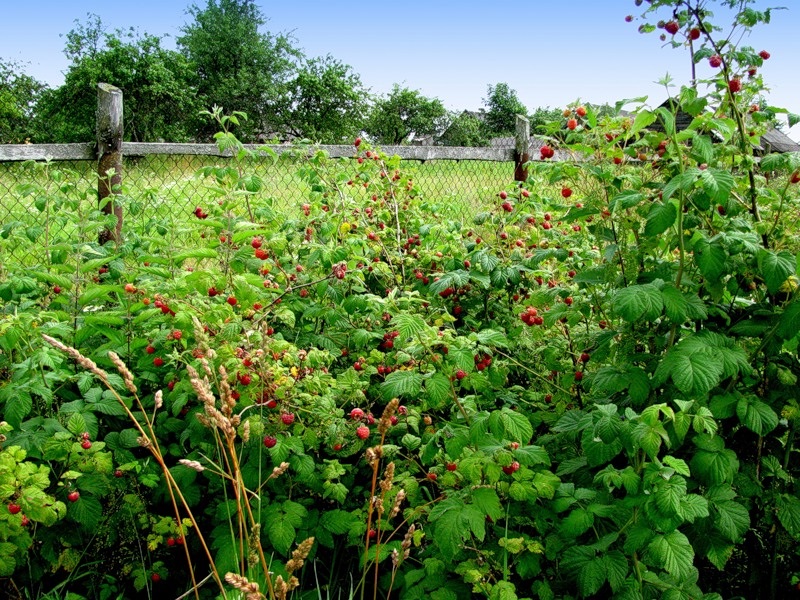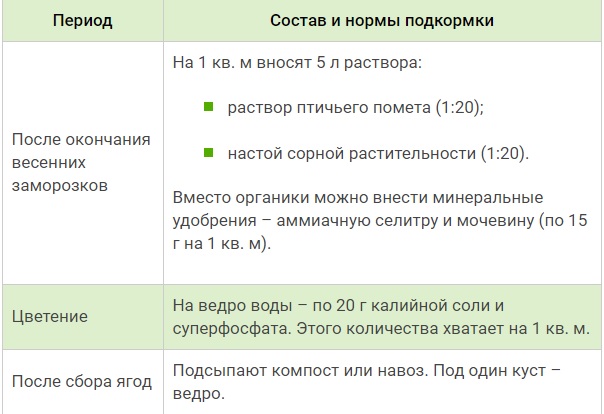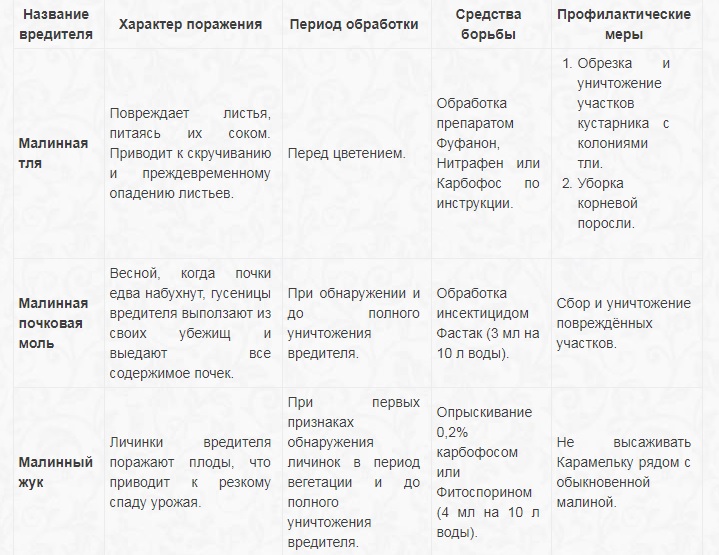How to plant and grow remontant raspberries of the Caramelka variety in the country
Content
Origin and registration of the variety
Raspberry Caramel belongs to young remontant varieties. The variety was registered in the State Register of Breeding Achievements of the Russian Federation in 2016. The fruit and berry crop is recommended for cultivation in all horticultural areas of the Russian regions, including Kamchatka and the Far East.
The authors of the variety are the Nizhny Novgorod breeders Vladimir and Ilya Shiblev. Father and son have spent 10 years breeding the juicy and sweet berry. In the course of experimental work, raspberries of the Nizhegorodets variety were crossed with other aromatic and sweet donors.

Characteristics of raspberry Caramel
Despite such a young age, the remontant variety Caramelka managed to win the attention of gardeners. What is remarkable about this fruit and berry culture, you will find out right now.
Description of the plant
A medium-sized bush, whose height barely reaches 1.5 m, does not require the installation of trellises and a garter. Erect powerful shoots easily withstand the weight of the imposed berries. The small number of thorns on the branches makes the harvesting procedure much easier. The leaves are characterized by a regular shape and dark green color.
Description and taste of berries
Raspberry Caramel is highly valued for the marketable and taste qualities of berries. The average weight of a ripe berry is 12 g. There are also more massive specimens, the weight of which can reach 15 g. The fruits that have reached technical ripeness are colored deep red. The shape is conical.
The dense pulp of the fruit exudes a pleasant aroma of wild berries. The taste is caramel-honey, without sourness.

Yield
Caramel is a high-yielding remontant variety. At least 5-6 kg of ripe berries are harvested from one bush. With proper care, yield indicators can increase by 10-15%.
Harvesting and Harvesting Caramels
The variety is characterized by consistently active fruiting. The first fruits ripen in July. In favorable weather, the plant will bear fruit until the first autumn frosts.
Juicy berries can be eaten fresh. Due to the high density of the pulp, the fruits do not lose their commercial qualities when frozen. Frozen berries are used to decorate desserts. Fresh - they are processed for making juices, compotes, jams, preserves, confiture and even liqueurs.
Video "General description of raspberry Caramel"
This video presents the main quality characteristics of the variety.
Advantages and disadvantages of the variety
Raspberry Caramel has many advantages, however, according to experienced gardeners, there are some drawbacks.
- early maturity;
- self-pollination;
- suitable for home and industrial cultivation;
- amazing commercial and taste qualities of berries;
- universal application;
- high portability;
- long-term storage of the harvested crop.
- high sensitivity to drought;
- tendency to form numerous root shoots;
- high deficit of seedlings.

General rules of agricultural technology
Compliance with simple rules of agricultural technology will help to achieve high success in growing remontant raspberries Caramel.
Planting pattern and density
Caramel saplings can be planted in the ground both at the beginning of March and at the end of September. Seedlings with a fibrous root system and the rudiments of young shoots take root best of all.
An area open to sunlight is suitable for growing fruit and berry crops. The plant does not like wind, drafts and close occurrence of groundwater. A site with loose and fertile soil of neutral acidity is suitable for breaking a raspberry tree.
The planting density of the Caramelka variety recommended by the originator is 3300 seedlings per hectare of land. In this case, the distance between the rows should be at least 2 m, between the holes - from 0.7 to 1 m.
Recommended and unsuitable neighbors
It is equally important to choose the right "neighbors" for the future raspberry tree. The Caramelka variety feels comfortable next to strawberries, foxglove, barberry and red currants.
Asters, delphinium and various garden crops are considered to be successful "neighbors". But neighborhoods with grapes, sea buckthorn, elderberry, jasmine, nasturtium, iris and marigolds are best avoided.
Irrigation rates and timing of fertilization
Raspberry Caramel is characterized by low drought resistance. Shrubs should be watered abundantly and often. But do not forget that excess moisture is one of the reasons for the appearance of various types of rot.
The average irrigation rate is 2 buckets of standing water for each bush, the frequency is 1 time in 14 days. With intense precipitation, the time interval between waterings is increased.
Since the fruiting of the variety is long, the plant needs additional feeding. You can fertilize the remontant raspberry Caramel according to the following scheme.

Many novice gardeners forget that fertilizers applied to dry soil can burn the root system. Before adding organic matter or mineral fertilizers, the soil under the bush is abundantly moistened.
Tying to trellises
The need for a garter is controversial. Some gardeners claim that the plant can cope with the load on its own, while others insist on tying the shoots to the trellises. For even distribution of shoots, it is recommended to fix the bush to a single-lane trellis.
The need for autumn pruning
Spring pruning, which often falls in April, involves removing dried and frozen shoots.
Autumn pruning is mandatory. At the end of fruiting, the ground part of the fruit and berry shrub is cut off almost to ground level. The height of the stumps is from 1 to 3 cm. This method of pruning contributes to the rejuvenation of the shrub and, accordingly, has a beneficial effect on future yield.
A bush cut at the root can not be covered for the winter. In the northern regions, raspberries are insulated with dry opal foliage, hay, straw or spruce branches.
- Options for trimming and garter repair raspberries
Common diseases and pests
Caramel is a remontant variety resistant to common diseases. If the rules of agricultural technology are violated, it can be affected by anthracosis, purple spot, rust and powdery mildew.Effective methods of control include the treatment of shrubs with 1% Bordeaux liquid or a solution of the drug "Fitosporin".
Fruit and berry culture attracts the attention of the raspberry beetle, raspberry and raspberry kidney moth aphids. We bring to your attention the following scheme for the fight against parasites.

Reviews of gardeners about raspberries Caramel
Reviews of other gardeners will help to form an objective opinion about the variety:
“I would like to leave a positive review about Caramelka raspberries. The seedling planted in early spring managed to please with a good harvest of juicy and sweet fruits. Let's see how the plant will show itself in the future. "
“Raspberry Caramel is a favorite of our garden, as it pleases with a consistently high yield. The main thing is to correctly draw up irrigation and fertilization schedules. "
Repaired raspberries of the Caramelka variety are highly valued for the amazing aroma and honey-caramel taste of berries. At the same time, gardeners note the undemandingness in the care of fruit and berry crops.



